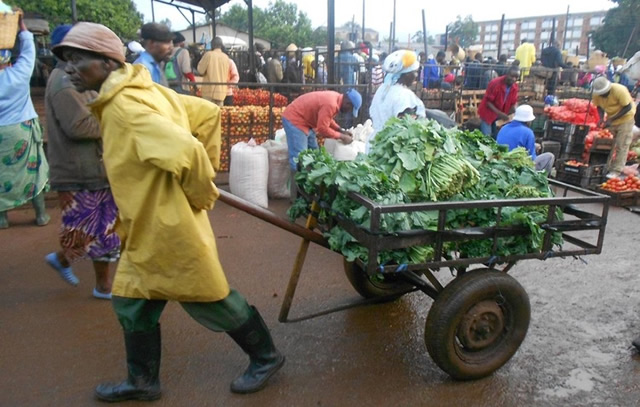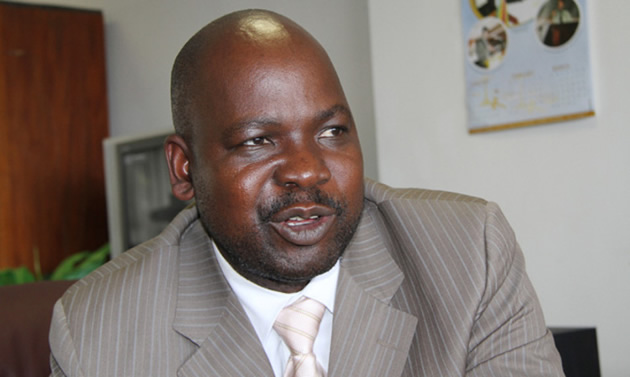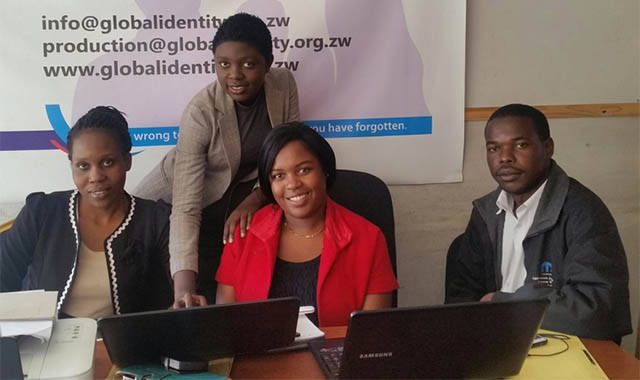Financial inclusion can become financial slavery

Financial inclusion has become one of the buzzwords in many African countries including Zimbabwe. It is as if financial institutions, development agents and policy makers have suddenly discovered the need to bring marginal communities into formal financial systems. However, financial inclusion that does not fully take into account socio-economic circumstances of those to be financially included will miss the mark. In most cases, financial inclusion is being confused with opening bank accounts and mobile money where people are expected to put their money into mobile wallets.
One of the spotlights is now on trying to formalise rural savings clubs which have been part of African economies for decades. The clubs are known by various names in many African countries ranging from Stokvel in South Africa and Mukando in Zimbabwe.
Mobile service providers such Econet Wireless Zimbabwe have started working with NGOs in trying to link mobile money transfer mechanisms with Village Savings and Lending Associations (VSLAs). While this move may seem noble for mobile service providers and policy makers keen to harvest all the money circulating outside formal financial systems, farmers and rural groups do not see the value of formalising their age-old nests.
The importance of understanding what motivates savings clubs
To make matters worse, those pushing for formalisation have not done their home-work. The foundation of all savings clubs has strong social and economic dimensions. The clubs were (and still are) a self-driven initiative as revealed through self-group formation among community members with the same social status.
In addition to having specific objectives, traditionally, members had the same and consistent source of income. That would enable them to contribute to the club. The savings clubs revolved mainly around income-generating projects like beer brewing.
The rush to formalise savings clubs does not seem to be taking this indigenous framework into full account. The main question is: should formalising savings clubs start with requesting club members to save or start by supporting income generating projects which will enable member to save?
All savings clubs need a support base and sustainability framework. Institutions like banks that come into these clubs should come as partners bringing value added services beyond just mobile platforms. They should realise that they are coming into existing socio-economic networks.
The main selling proposition for a mobile platform like Ecocash has remained the distance factor. However, for most savings clubs, proximity is key. Members live in the same village and beyond just existing as a club, they conduct regular physical meetings to discuss various issues. Institutions coming into the community should try to fully understand what drives group formation — Is it a project or self-driven initiatives like local burial societies?
Addressing the real needs
Bringing together savings club members onto a mobile money platform does not translate into addressing softer social issues. A major gap may be financial literacy in terms of identifying and making sense of investment opportunities. How can members re-invest their savings?
If a member borrows from the club and repays with interest, there should be a viable business from which s/he will earn enough to be able to repay a loan with interest. Otherwise borrowing for consumption makes members worse off when they fail to pay back with interest.
What is the trade-off between saving in Ecosave or investing in an income generating project? If club members use $500 to buy 100 chickens and earn $100 profit at the end of eight weeks, to what extent are they able to earn the same profit by saving the same $500 in Ecosave during the same period? This is an opportunity cost factor that most savings clubs consider.
The mobile money platform model across African countries is designed in such a way that users are charged for moving money not for creating business. If a club member decides to send money to the club through Ecocash s/he is charged while the club is also charged for withdrawing that money.
In dynamic businesses like agriculture markets where members can make daily contributions, it means they will lose a lot of money through charges. Cumulative charges associated with depositing, transferring and withdrawing minimise any interest that could have accrued to the club or individual members.
Time factor and opportunity cost
Saving for three months as a condition for one to get a loan from formal financial institutions attracts prohibitive opportunity costs, especially in the fast-paced agricultural trading business.
An alternative would be riding on the numbers where a substantial amount stays in the club fund. Members can get loans and repay quickly. Someone may just need a loan to facilitate a transaction, for example, order financing.
A reserve of, for example, 10 percent per given amount can act as a reserve fund. As the number of people increase, so does the reserve fund. For every $100, a reserve can be $10. Another option is to inject a loan fund within the savings club at a much lower cost to boost it. This is more like a backing account for the club’s investment opportunities.










Comments